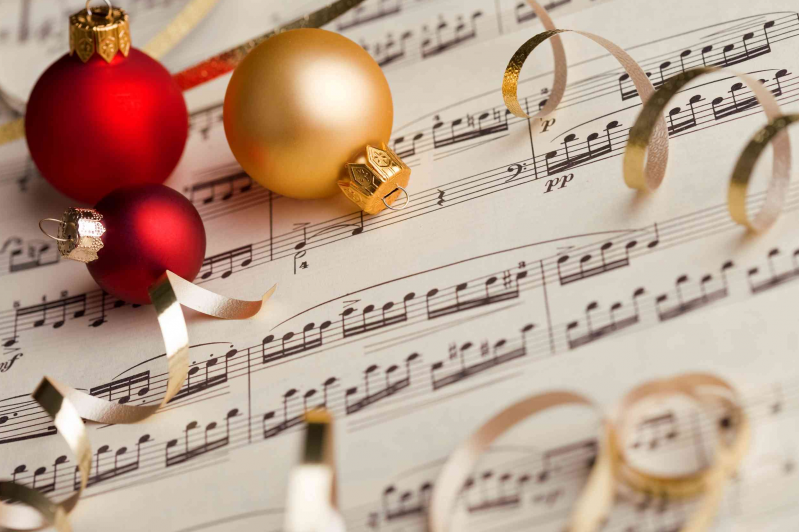
Christmas and music go hand in hand, but if you’ve heard more Mariah Carey, Wham! and Shakin’ Stevens than you can handle, then let us break up the usual festive playlists with some Classical Christmas staples.
This year’s highly anticipated John Lewis Christmas advert broke from their tradition of pop covers and instead features an original song from Italian classical tenor Andrea Bocelli, titled Festa meaning ‘Party’ or ‘Celebration’. Andrea Bocelli is no stranger to Christmas music, having released his first festive album, My Christmas, in 2009. The album included duets with Mary J Blige and Katherine Jenkins as well as a rendition of Jingle Bells with Christmas movie favourites, The Muppets.
Christmas wouldn’t be Christmas without hearing at least one piece from Tchaikovsky’s The Nutcracker. Based on the E T A Hoffmann fantasy story The Nutcracker and the Mouse King, Tchaikovsky’s festive ballet tells the story of a girl who befriends a nutcracker that comes to life on Christmas Eve and wages a battle against the evil Mouse King. After the victory, the Nutcracker turns into a Prince and takes the girl to a magical land of sweets and snow. The Nutcracker is one of the composer's most popular compositions and contains some of his most memorable melodies, most notably Trepak (The Russian Dance), which has featured in many Christmas movies such as The Santa Clause 3, Jingle All the Way and Home Alone 2.
Welsh bass-baritone, and old friend of WNO, Sir Bryn Terfel, released a festive album entitled Carols and Christmas Songs in 2010. The record features Christmas classics, such as White Christmas, Have Yourself a Merry Little Christmas, the carols O Holy Night and Away in a Manger, and a cover of Caryl Parry Jones’ Welsh carol Gwyl Y Baban. It also features the beautiful Austrian Christmas carol Still, Still, Still, which WNO Chorus and WNO Orchestra performed in 2020.
We can’t have a classical Christmas without mentioning the Christmas Oratorio by Johann Sebastian Bach. In six parts, it is intended for performance in a church service on a feast day of the Christmas period. The first part, for Christmas Day, recounts the birth of Jesus; the second describes the annunciation to the shepherds; the third tells of the adoration of the shepherds; the fourth, for New Year's Day, recalls the naming of Jesus; the fifth remembers the journey of the Magi, and the sixth and final part, for Epiphany, explores the adoration of the Magi.
This Spring sees us perform Britten’s final opera, Death in Venice, but did you know the British composer also produced A Ceremony of Carols, an extended choral composition for Christmas? Largely based on carols which were written in the 15th and 16th centuries, Britten composed this ceremony in 1942 on his voyage back to England after spending three years in North America. The text is structured in eleven movements, most written as rounds or call-and-response pieces, beginning with Procession, Hodie Christus natus est and including Wolcum Yole!, This Little Babe and In Freezing Winter Night.



